The amygdala consists of 2 symmetrically placed small almond shaped structures located deep into the temporal lobe. It is connected to various brain structures and amygdala is involved in a wide range of behavioral functions. "We considered a single primate species, humans, and found that the amygdala volume positively correlated with the size and complexity of social networks in adult humans. They found the link was just as strong when they adjusted for age (older people have on average smaller amygdala volumes than younger people) and when they analyzed left and right amygdalas separately, indicating no lateralization of the effect" said Dr. Lisa Feldman Barrett, the study co-leader, from MGH's Psychiatric Neuroimaging Research Program and a Distinguished Professor of Psychology at Northeastern University.
To read the rest of this news, please visit:
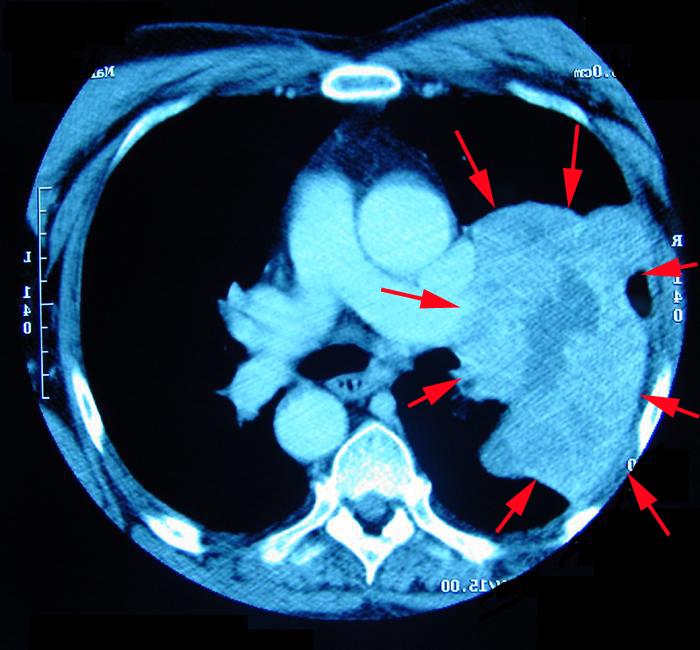 Researchers at the University of Cincinnati reported that
Researchers at the University of Cincinnati reported that  According to the results of the study that was presented at the 2010 congress of the Radiological Society of North America (RSNA) annual meeting in Chicago (IL, USA). Swedish researchers have launched a method by analyzing historic radiology pictures for easing the burden of future osteoporotic fractures.
According to the results of the study that was presented at the 2010 congress of the Radiological Society of North America (RSNA) annual meeting in Chicago (IL, USA). Swedish researchers have launched a method by analyzing historic radiology pictures for easing the burden of future osteoporotic fractures.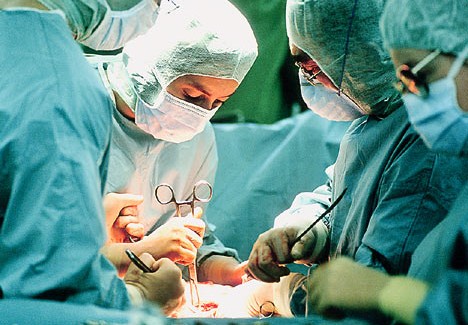 Radio frequency (RF) detection technology is used for the first time in Good Samaritan Medical Center and West Boca Medical Center in the operation rooms to prevent missing any foreign items my mistake inside the patient during the surgery.
Radio frequency (RF) detection technology is used for the first time in Good Samaritan Medical Center and West Boca Medical Center in the operation rooms to prevent missing any foreign items my mistake inside the patient during the surgery. According to a study, from the University College London, Transvaginal ultrasound features high specificity and sensitivity for diagnosing endometrial cancer. The researchers discovered that transvaginal ultrasound is useful for high-risk groups prone to endometrial cancer and especially in the management of postmenopausal females subjecting to pelvic scans for causes different from vaginal bleeding.
According to a study, from the University College London, Transvaginal ultrasound features high specificity and sensitivity for diagnosing endometrial cancer. The researchers discovered that transvaginal ultrasound is useful for high-risk groups prone to endometrial cancer and especially in the management of postmenopausal females subjecting to pelvic scans for causes different from vaginal bleeding. According to New York Times, debates have been taking place since the release of breast cancer screening recommendations over than one year ago; it was reported that there are still "lingering, uncomfortable questions about when and how often to undergo breast cancer screenings, and how to balance the benefits of early diagnosis with the harms of
According to New York Times, debates have been taking place since the release of breast cancer screening recommendations over than one year ago; it was reported that there are still "lingering, uncomfortable questions about when and how often to undergo breast cancer screenings, and how to balance the benefits of early diagnosis with the harms of  The American College of Radiology (
The American College of Radiology ( Magnetic Resonance Imaging
Magnetic Resonance Imaging

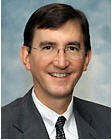


 Agfa HealthCare, a major company providing medical imaging systems and
Agfa HealthCare, a major company providing medical imaging systems and  According to a new study, researchers mentioned that using a combination of computed tomography
According to a new study, researchers mentioned that using a combination of computed tomography 
 ACR image Mertix, an international imaging contract organization (CRO) including expertise in imaging trial design , techniques and data extraction, organized a recent event titled “The Novel Medical imaging Approaches for Early Drug Development Methods, technical issues and case studies” which took place at the at the Boston Marriott Cambridge, in Cambridge Massachusetts on the 16th of September.
ACR image Mertix, an international imaging contract organization (CRO) including expertise in imaging trial design , techniques and data extraction, organized a recent event titled “The Novel Medical imaging Approaches for Early Drug Development Methods, technical issues and case studies” which took place at the at the Boston Marriott Cambridge, in Cambridge Massachusetts on the 16th of September.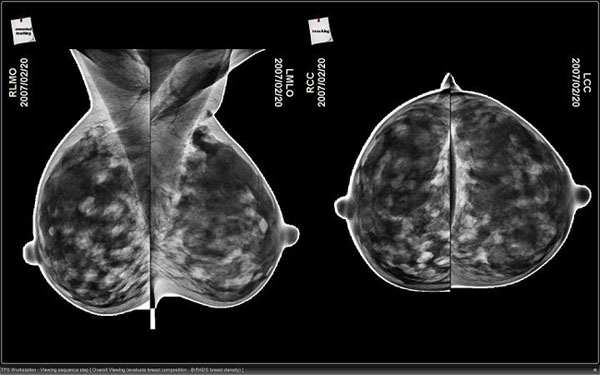 Any company should first design a program for physicians to exercise on how to read digital
Any company should first design a program for physicians to exercise on how to read digital  In a recent study, Nuclear Magnetic Resonance (NMR) spectroscopy and Magnetic Resonance Imaging (
In a recent study, Nuclear Magnetic Resonance (NMR) spectroscopy and Magnetic Resonance Imaging ( As the result of a new survey, conducted by the American college of Radiology (ACR), Huntsville Memorial Hospital (HMH) has been awarded a three-year accreditation in
As the result of a new survey, conducted by the American college of Radiology (ACR), Huntsville Memorial Hospital (HMH) has been awarded a three-year accreditation in  In an announcement, Monongahela Valley Hospital declared that it has joined, Charleroi-based, Image Radiology Group LP. They are going to provide different diagnostic services at 2001 Lincoln Way, Oak Park Mall, White Oak and 4198 Washington Road, Route 19, McMurray. Louis J. Panza, Jr., president and CEO of Monongahela Valley Hospital mentioned that the partnership was effective stating from September 23 and services through the hospital could be offered as early as November. He added that "Image Radiology Group is well respected in the region and, like MVH, recognizes the importance of high-quality, prompt and professional service. We look forward to a great partnership."
In an announcement, Monongahela Valley Hospital declared that it has joined, Charleroi-based, Image Radiology Group LP. They are going to provide different diagnostic services at 2001 Lincoln Way, Oak Park Mall, White Oak and 4198 Washington Road, Route 19, McMurray. Louis J. Panza, Jr., president and CEO of Monongahela Valley Hospital mentioned that the partnership was effective stating from September 23 and services through the hospital could be offered as early as November. He added that "Image Radiology Group is well respected in the region and, like MVH, recognizes the importance of high-quality, prompt and professional service. We look forward to a great partnership."
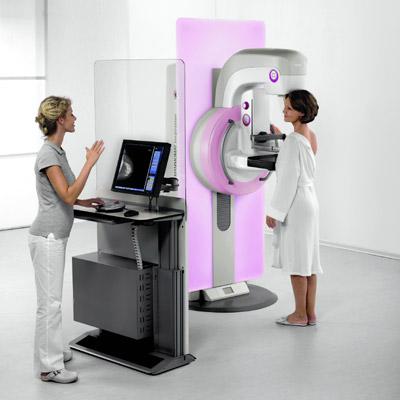 In March, McDuffie Regional Medical Center presented a new digital
In March, McDuffie Regional Medical Center presented a new digital  In a recent study, published in the Sept. 29 issue of Journal of American Chemical Society, Iron-platinum alloy (FePt) nanoparticles can perform as dual modal
In a recent study, published in the Sept. 29 issue of Journal of American Chemical Society, Iron-platinum alloy (FePt) nanoparticles can perform as dual modal  A new randomized controlled study published in the open access journal BMC Musculoskeletal Disorders, has showed that the use of low-intensity pulsed
A new randomized controlled study published in the open access journal BMC Musculoskeletal Disorders, has showed that the use of low-intensity pulsed  New evidence that emphasizes the important role of
New evidence that emphasizes the important role of  Early detection of cancer is the main goal of any screening program around the world. Regarding breast cancer, both symptomatic and asymptomatic patients, even those with dense breasts, currently in Europe have a high potential for early diagnosis, thus offering a great opportunity to start treatment as early as possible. The European Union gave a CE clearance for U-Systems’ somo•v automated breast
Early detection of cancer is the main goal of any screening program around the world. Regarding breast cancer, both symptomatic and asymptomatic patients, even those with dense breasts, currently in Europe have a high potential for early diagnosis, thus offering a great opportunity to start treatment as early as possible. The European Union gave a CE clearance for U-Systems’ somo•v automated breast